Author Archives: Alessandro Ghedini
Author Archives: Alessandro Ghedini
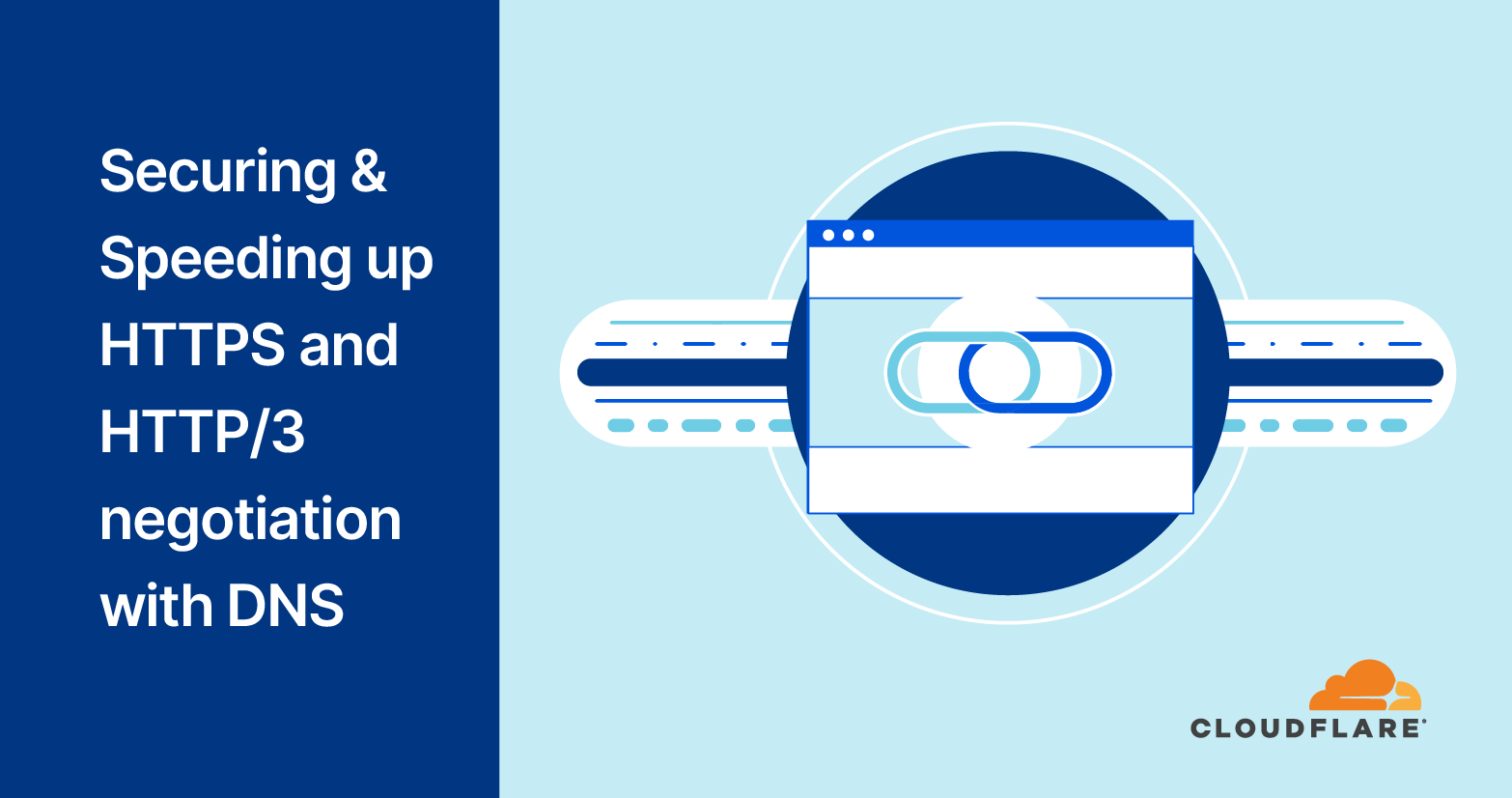
In late June, Cloudflare's resolver team noticed a spike in DNS requests for the 65479 Resource Record thanks to data exposed through our new Radar service. We began investigating and found these to be a part of Apple’s iOS14 beta release where they were testing out a new SVCB/HTTPS record type.
Once we saw that Apple was requesting this record type, and while the iOS 14 beta was still on-going, we rolled out support across the Cloudflare customer base.
This blog post explains what this new record type does and its significance, but there’s also a deeper story: Cloudflare customers get automatic support for new protocols like this.
That means that today if you’ve enabled HTTP/3 on an Apple device running iOS 14, when it needs to talk to a Cloudflare customer (say you browse to a Cloudflare-protected website, or use an app whose API is on Cloudflare) it can find the best way of making that connection automatically.
And if you’re a Cloudflare customer you have to do… absolutely nothing… to give Apple users the best connection to your Internet property.
Whenever a user types a URL in the browser box without specifying a Continue reading
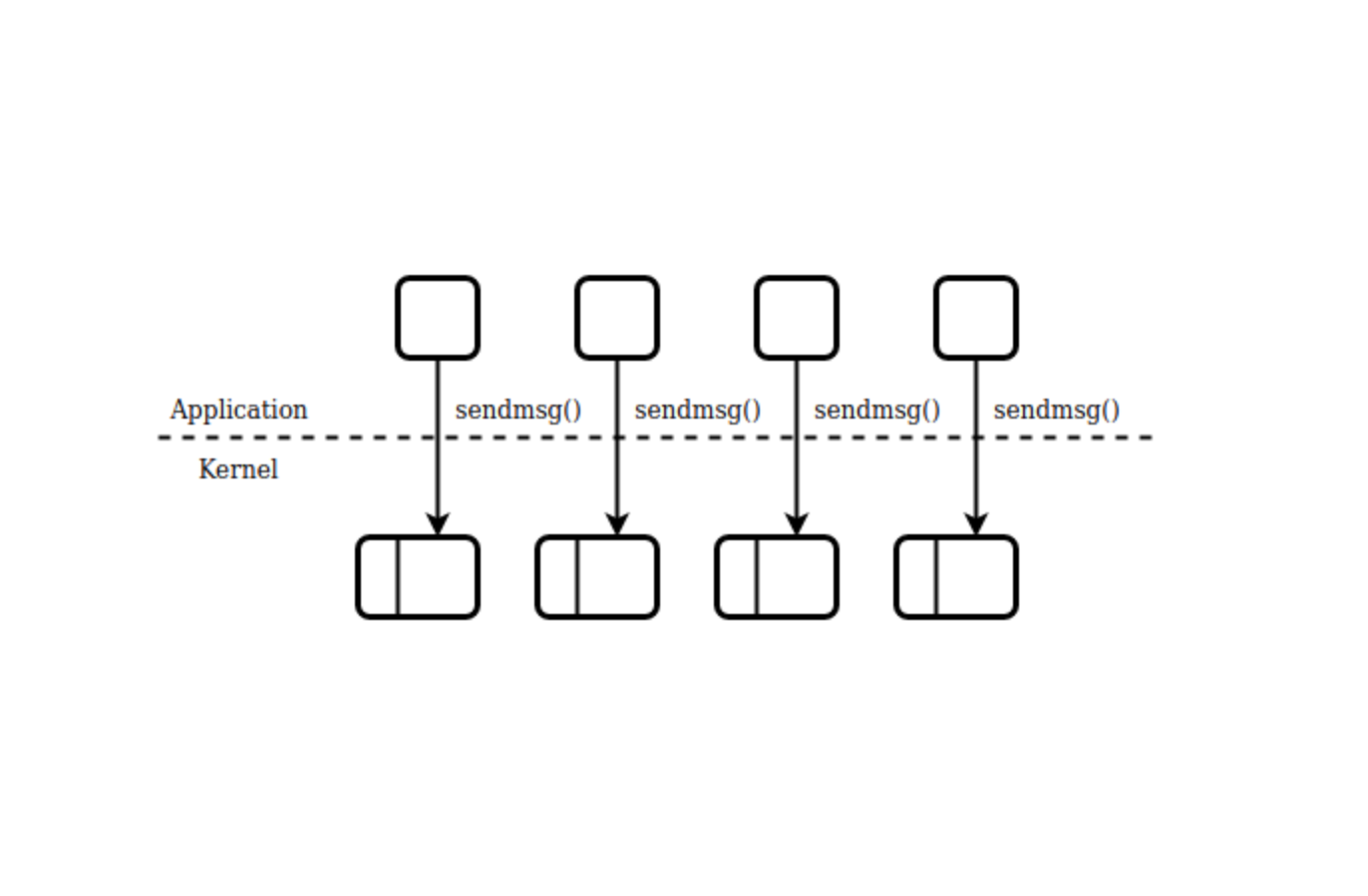
This was originally published on Perf Planet's 2019 Web Performance Calendar.
QUIC, the new Internet transport protocol designed to accelerate HTTP traffic, is delivered on top of UDP datagrams, to ease deployment and avoid interference from network appliances that drop packets from unknown protocols. This also allows QUIC implementations to live in user-space, so that, for example, browsers will be able to implement new protocol features and ship them to their users without having to wait for operating systems updates.
But while a lot of work has gone into optimizing TCP implementations as much as possible over the years, including building offloading capabilities in both software (like in operating systems) and hardware (like in network interfaces), UDP hasn't received quite as much attention as TCP, which puts QUIC at a disadvantage. In this post we'll look at a few tricks that help mitigate this disadvantage for UDP, and by association QUIC.
For the purpose of this blog post we will only be concentrating on measuring throughput of QUIC connections, which, while necessary, is not enough to paint an accurate overall picture of the performance of the QUIC protocol (or its implementations) as a whole.
The client used Continue reading
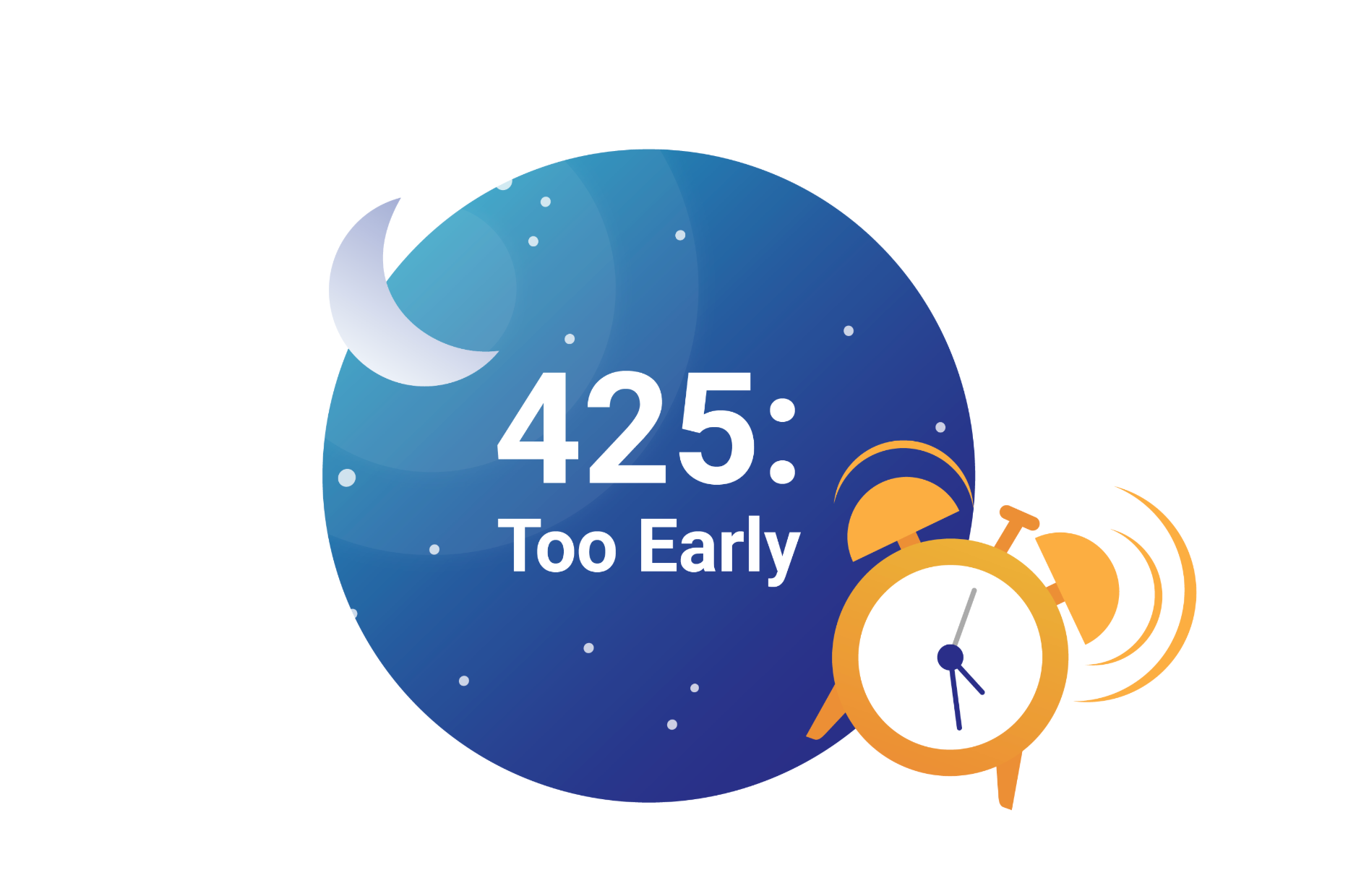
One of the more interesting features introduced by TLS 1.3, the latest revision of the TLS protocol, was the so called “zero roundtrip time connection resumption”, a mode of operation that allows a client to start sending application data, such as HTTP requests, without having to wait for the TLS handshake to complete, thus reducing the latency penalty incurred in establishing a new connection.
The basic idea behind 0-RTT connection resumption is that if the client and server had previously established a TLS connection between each other, they can use information cached from that session to establish a new one without having to negotiate the connection’s parameters from scratch. Notably this allows the client to compute the private encryption keys required to protect application data before even talking to the server.
However, in the case of TLS, “zero roundtrip” only refers to the TLS handshake itself: the client and server are still required to first establish a TCP connection in order to be able to exchange TLS data.
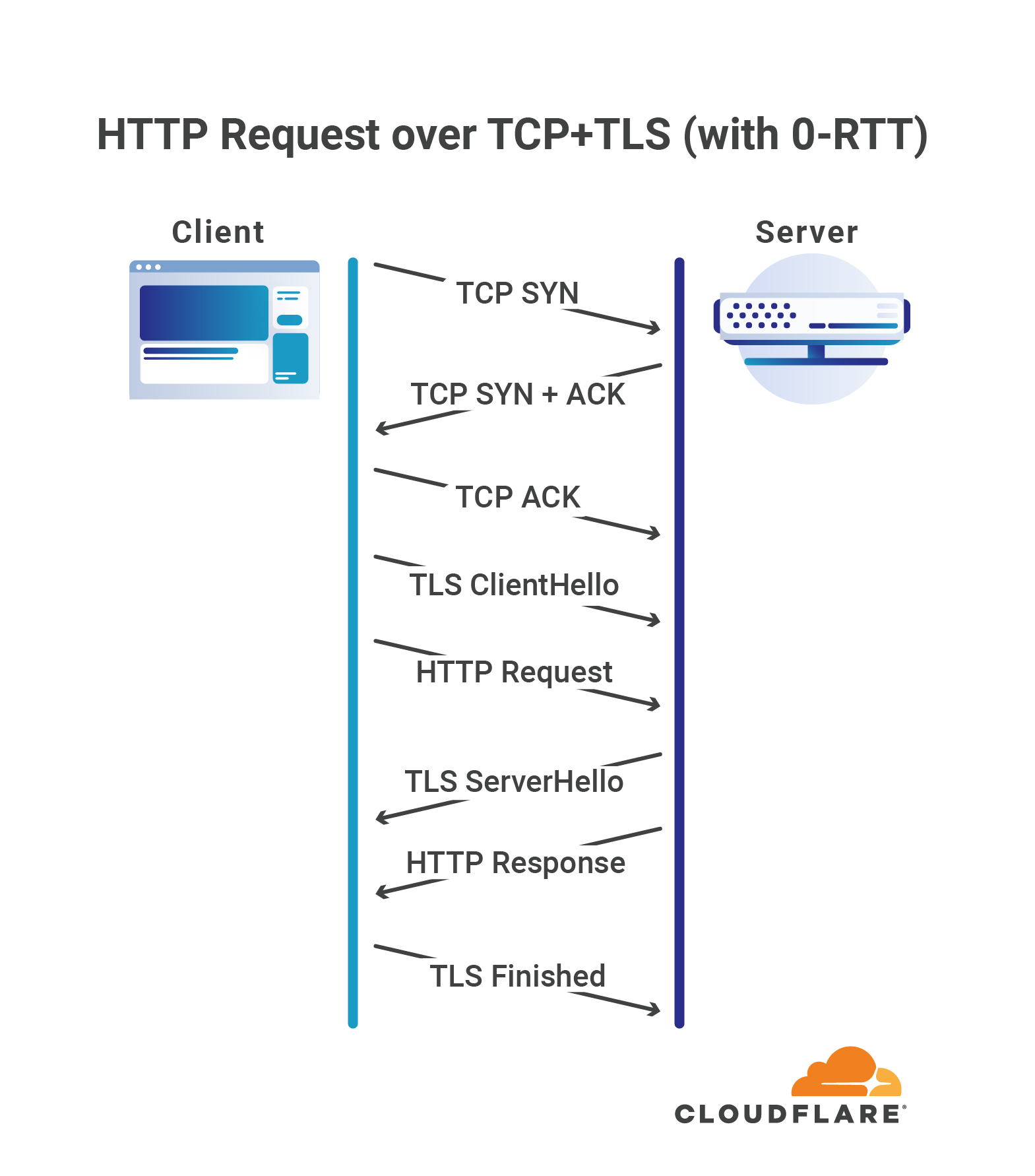
QUIC goes a step further, and allows clients to send application data in the very first roundtrip of the connection, without requiring any other handshake to be Continue reading
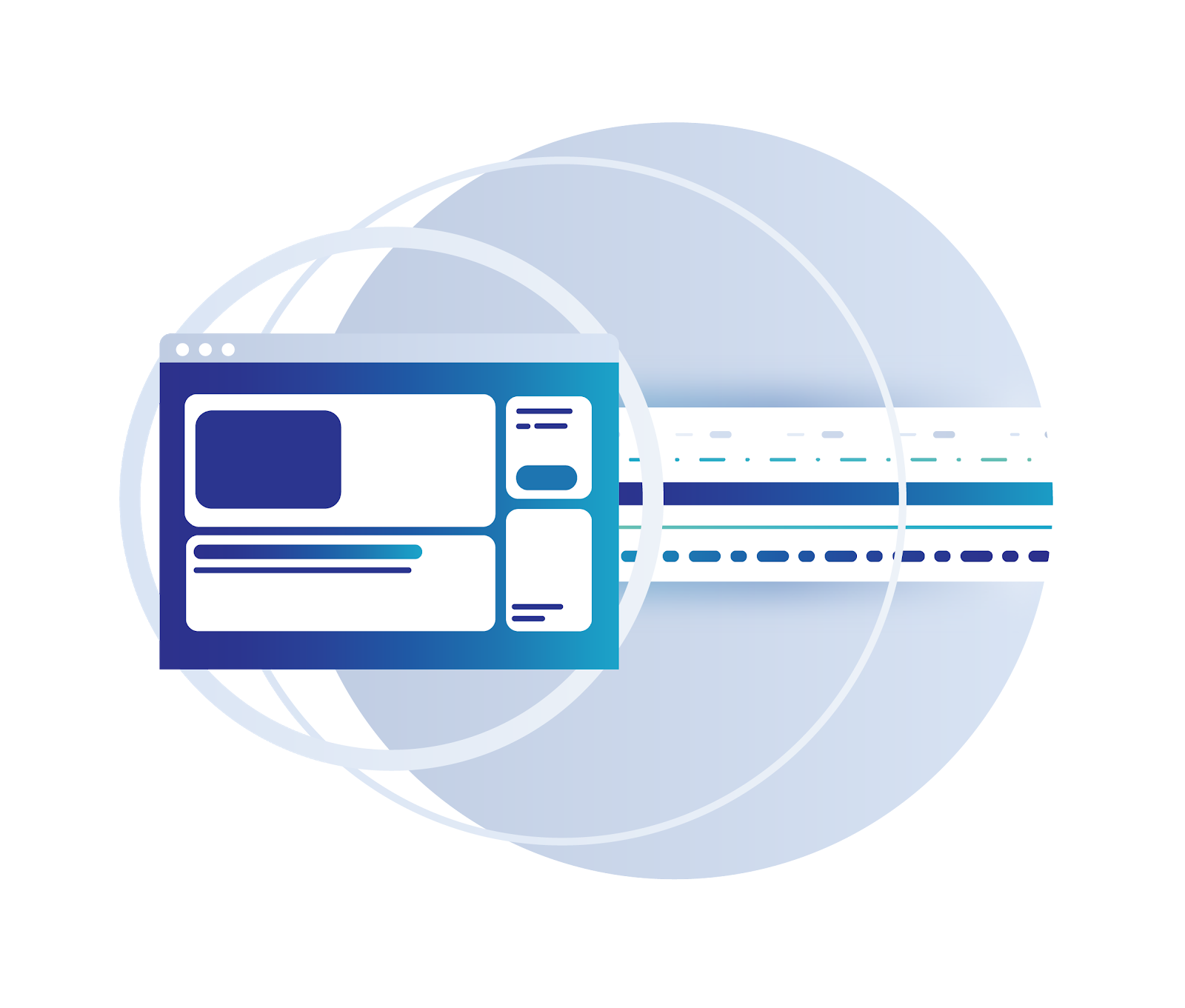
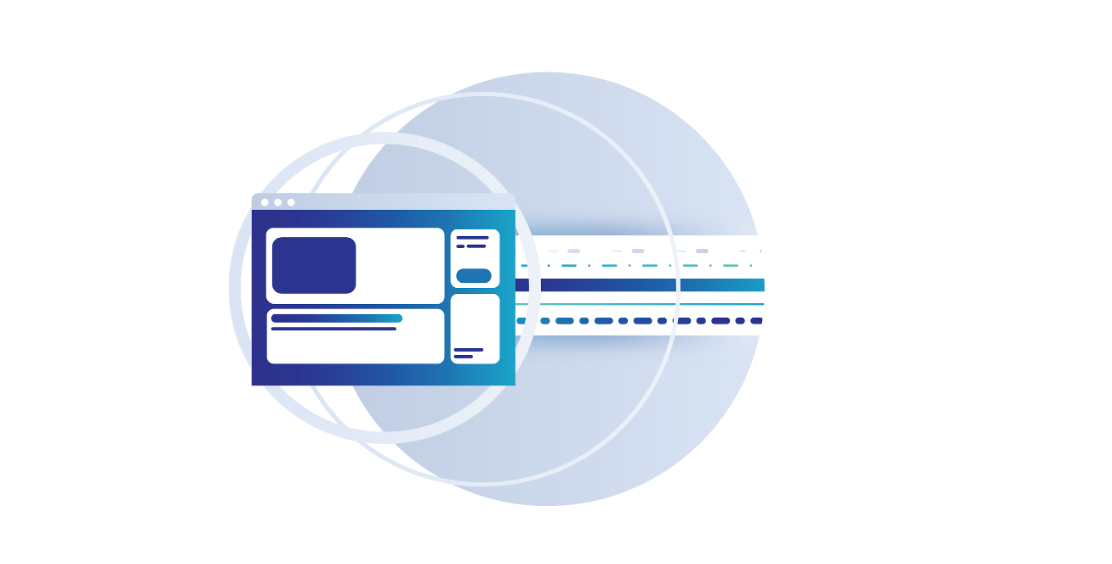
Just a few weeks ago we announced the availability on our edge network of HTTP/3, the new revision of HTTP intended to improve security and performance on the Internet. Everyone can now enable HTTP/3 on their Cloudflare zone and experiment with it using Chrome Canary as well as curl, among other clients.
We have previously made available an example HTTP/3 server as part of the quiche project to allow people to experiment with the protocol, but it’s quite limited in the functionality that it offers, and was never intended to replace other general-purpose web servers.
We are now happy to announce that our implementation of HTTP/3 and QUIC can be integrated into your own installation of NGINX as well. This is made available as a patch to NGINX, that can be applied and built directly with the upstream NGINX codebase.
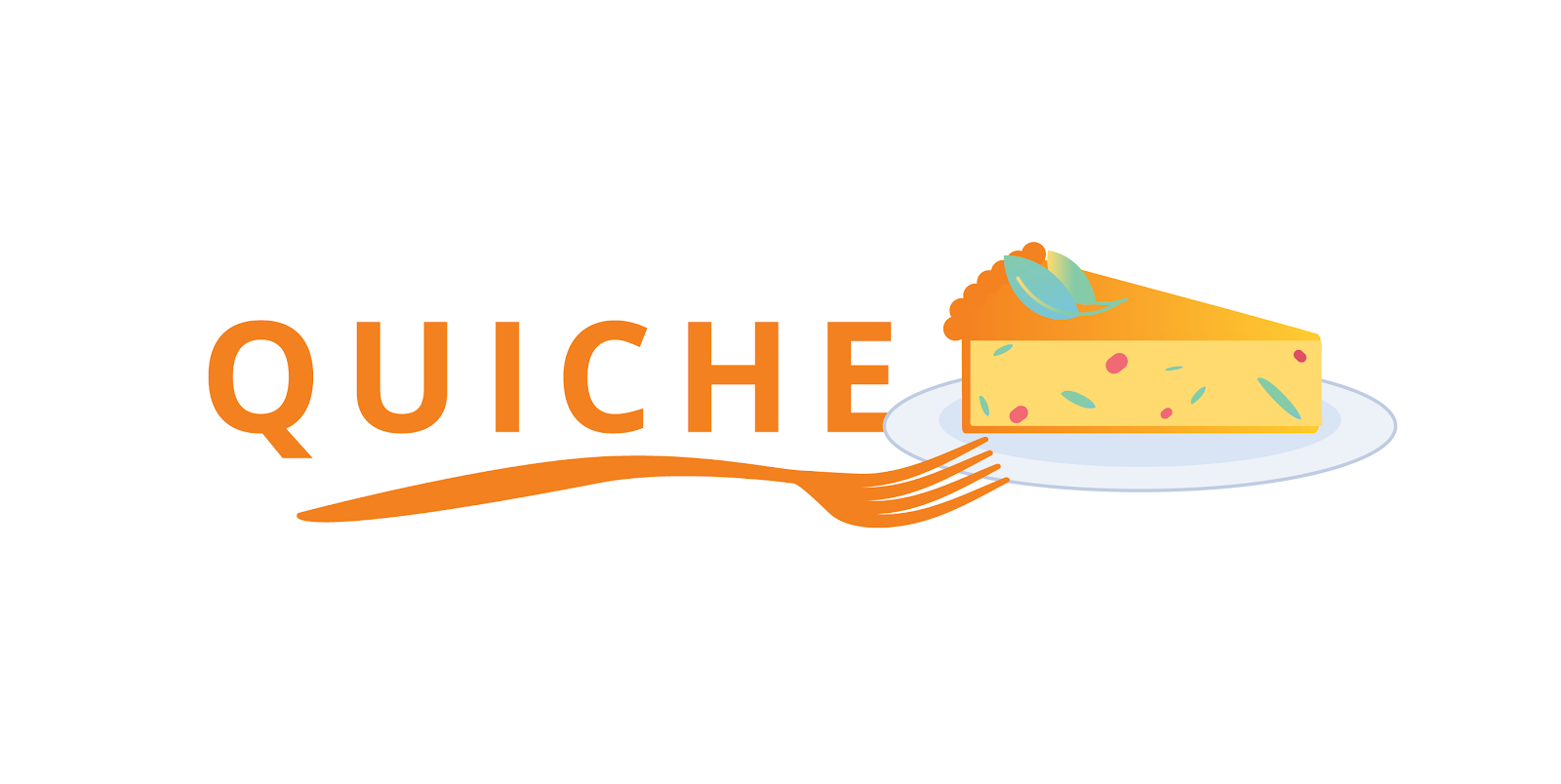
It’s important to note that this is not officially supported or endorsed by the NGINX project, it is just something that we, Cloudflare, want to make available to the wider community to help push adoption of QUIC and HTTP/3.
The first step is to download and unpack the NGINX source code. Note that the HTTP/3 and QUIC Continue reading
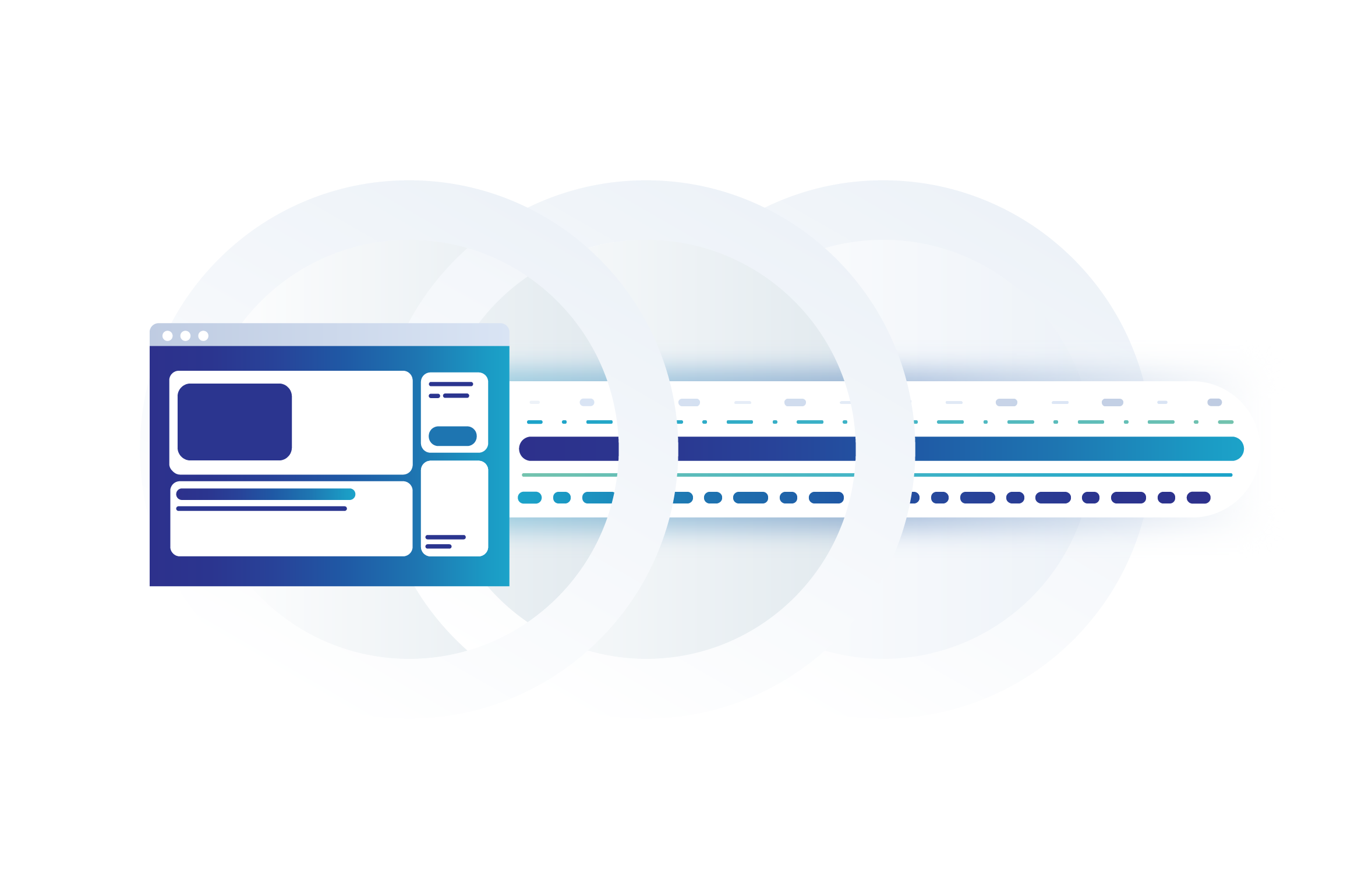
During last year’s Birthday Week we announced preliminary support for QUIC and HTTP/3 (or “HTTP over QUIC” as it was known back then), the new standard for the web, enabling faster, more reliable, and more secure connections to web endpoints like websites and APIs. We also let our customers join a waiting list to try QUIC and HTTP/3 as soon as they became available.
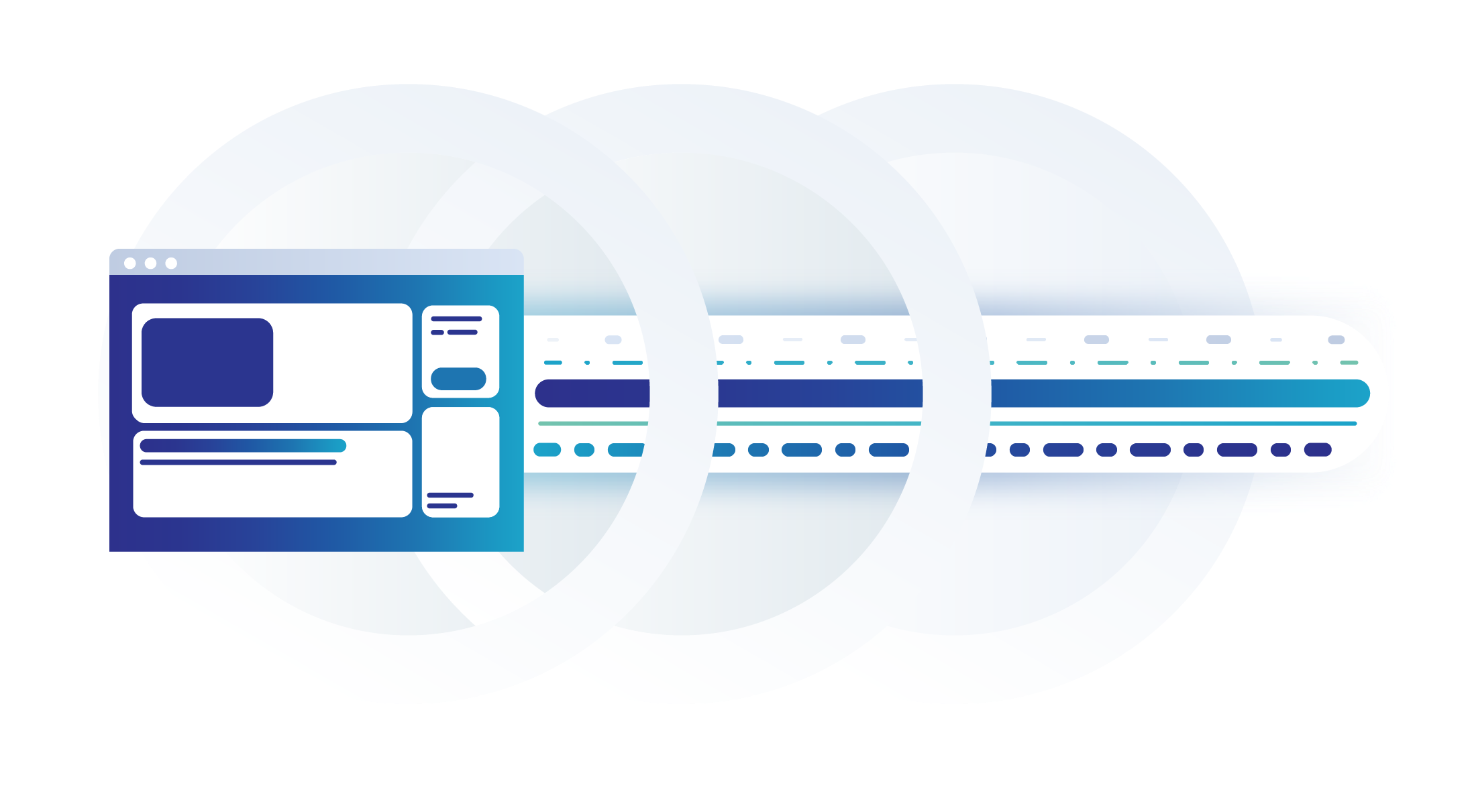
Since then, we’ve been working with industry peers through the Internet Engineering Task Force, including Google Chrome and Mozilla Firefox, to iterate on the HTTP/3 and QUIC standards documents. In parallel with the standards maturing, we’ve also worked on improving support on our network.
We are now happy to announce that QUIC and HTTP/3 support is available on the Cloudflare edge network. We’re excited to be joined in this announcement by Google Chrome and Mozilla Firefox, two of the leading browser vendors and partners in our effort to make the web faster and more reliable for all.
In the words of Ryan Hamilton, Staff Software Engineer at Google, “HTTP/3 should make the web better for everyone. The Chrome and Cloudflare teams have worked together closely to bring HTTP/3 and QUIC from nascent standards to widely Continue reading

During last year’s Birthday Week we announced early support for QUIC, the next generation encrypted-by-default network transport protocol designed to secure and accelerate web traffic on the Internet.
We are not quite ready to make this feature available to every Cloudflare customer yet, but while you wait we thought you might enjoy a slice of quiche, our own open-source implementation of the QUIC protocol written in Rust.

Quiche will allow us to keep on top of changes to the QUIC protocol as the standardization process progresses and experiment with new features more easily. Let’s have a quick look at it together.
The main design principle that guided quiche’s initial development was exposing most of the QUIC complexity to applications through a minimal and intuitive API, but without making too many assumptions about the application itself, in order to allow us to reuse the same library in different contexts.
For example, while we think Rust is great, most of the stack that deals with HTTP requests on Cloudflare’s edge network is still written in good ol’ C, which means that our QUIC implementation would need to be integrated into that.
The quiche API can process Continue reading
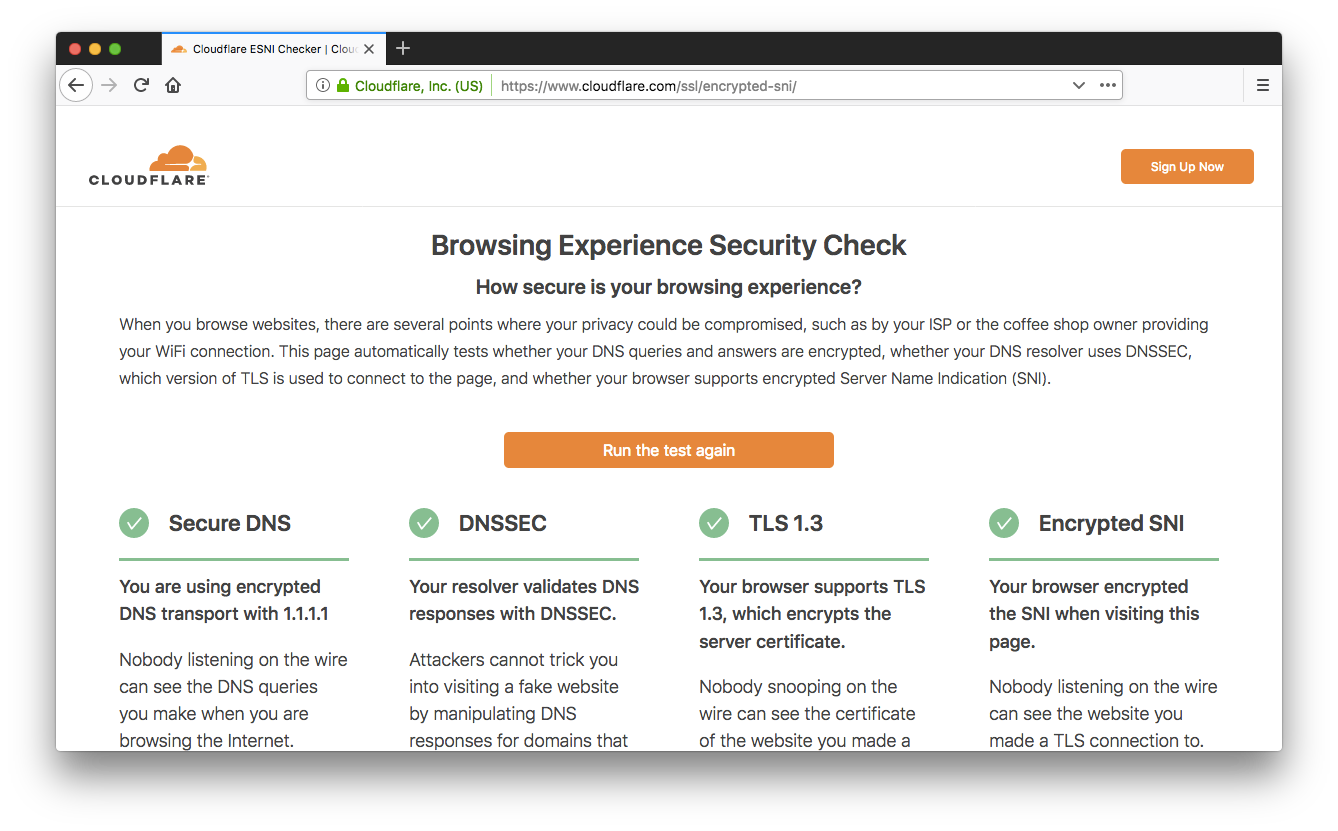
A couple of weeks ago we announced support for the encrypted Server Name Indication (SNI) TLS extension (ESNI for short). As promised, our friends at Mozilla landed support for ESNI in Firefox Nightly, so you can now browse Cloudflare websites without leaking the plaintext SNI TLS extension to on-path observers (ISPs, coffee-shop owners, firewalls, …). Today we'll show you how to enable it and how to get full marks on our Browsing Experience Security Check.
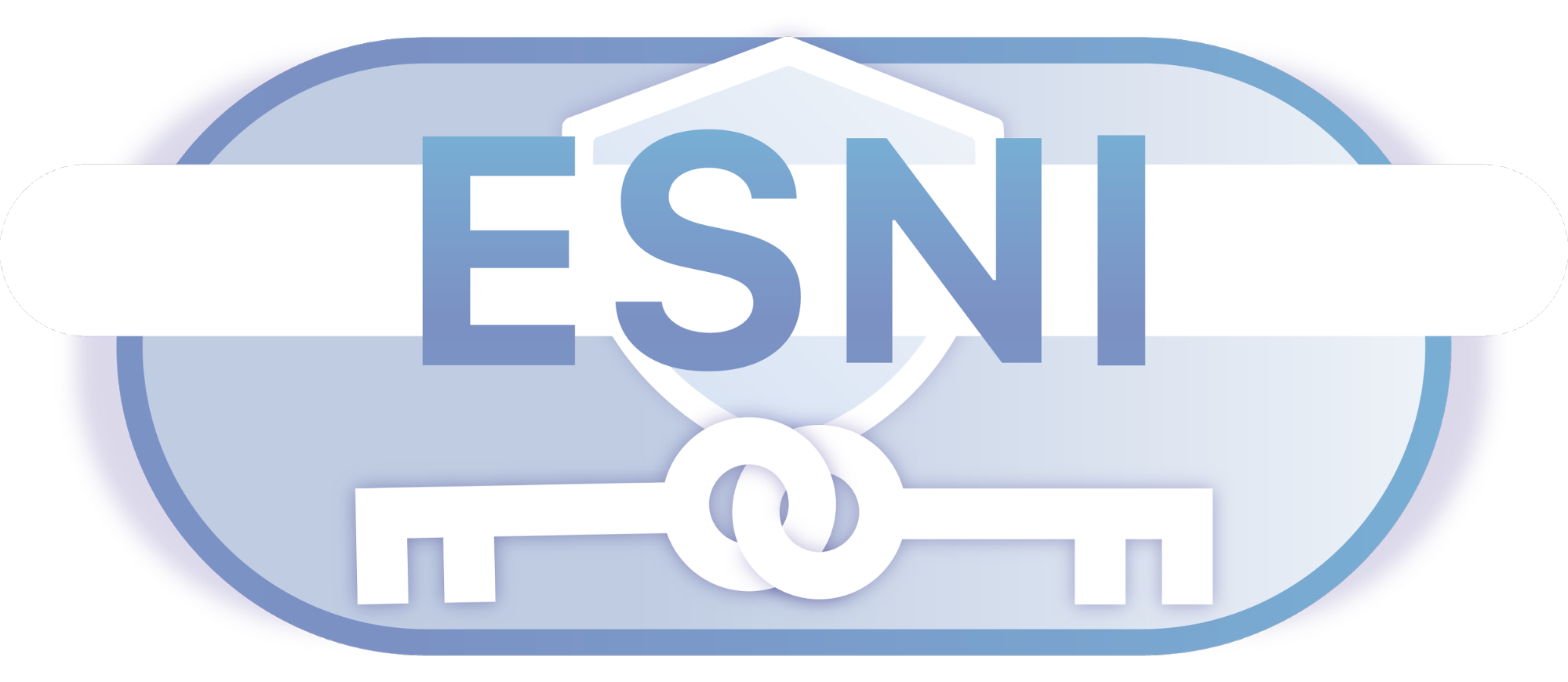
The first step is to download and install the very latest Firefox Nightly build, or, if you have Nightly already installed, make sure it’s up to date.
When we announced our support for ESNI we also created a test page you can point your browser to https://encryptedsni.com which checks whether your browser / DNS configuration is providing a more secure browsing experience by using secure DNS transport, DNSSEC validation, TLS 1.3 & ESNI itself when it connects to our test page. Before you make any changes to your Firefox configuration, you might well see a result something like this:
So, room for improvement! Next, head to the about:config page and look for the network.security.esni.enabled Continue reading

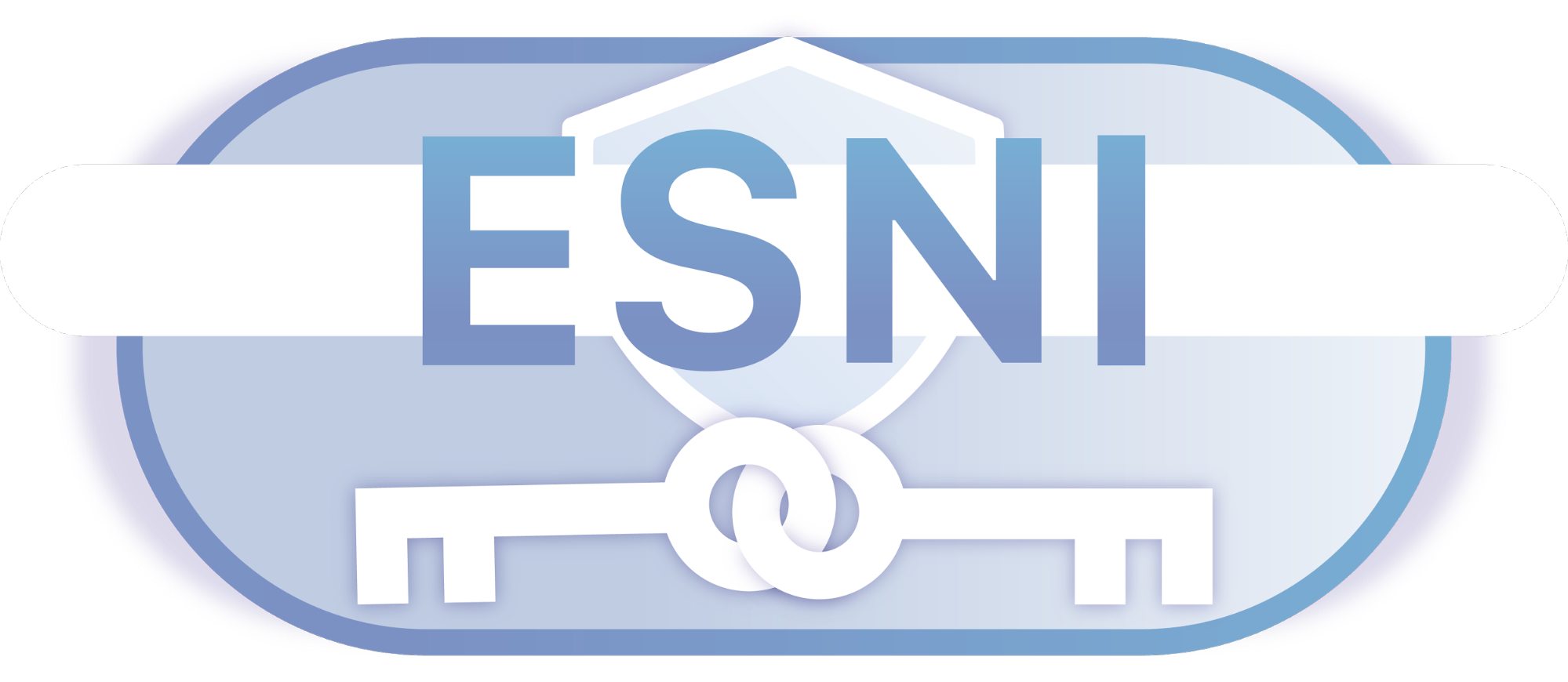
Today we announced support for encrypted SNI, an extension to the TLS 1.3 protocol that improves privacy of Internet users by preventing on-path observers, including ISPs, coffee shop owners and firewalls, from intercepting the TLS Server Name Indication (SNI) extension and using it to determine which websites users are visiting.
Encrypted SNI, together with other Internet security features already offered by Cloudflare for free, will make it harder to censor content and track users on the Internet. Read on to learn how it works.
The TLS Server Name Indication (SNI) extension, originally standardized back in 2003, lets servers host multiple TLS-enabled websites on the same set of IP addresses, by requiring clients to specify which site they want to connect to during the initial TLS handshake. Without SNI the server wouldn’t know, for example, which certificate to serve to the client, or which configuration to apply to the connection.
The client adds the SNI extension containing the hostname of the site it’s connecting to to the ClientHello message. It sends the ClientHello to the server during the TLS handshake. Unfortunately the ClientHello message is sent unencrypted, due to the fact that client and server don’t share Continue reading
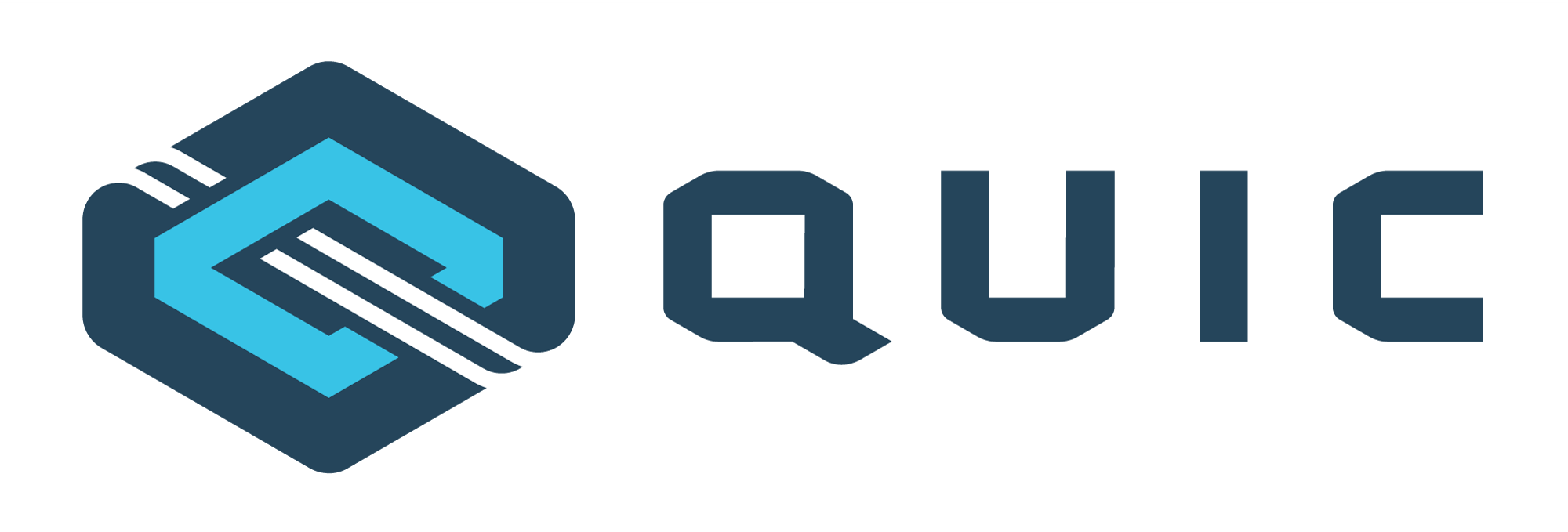
QUIC (Quick UDP Internet Connections) is a new encrypted-by-default Internet transport protocol, that provides a number of improvements designed to accelerate HTTP traffic as well as make it more secure, with the intended goal of eventually replacing TCP and TLS on the web. In this blog post we are going to outline some of the key features of QUIC and how they benefit the web, and also some of the challenges of supporting this radical new protocol.
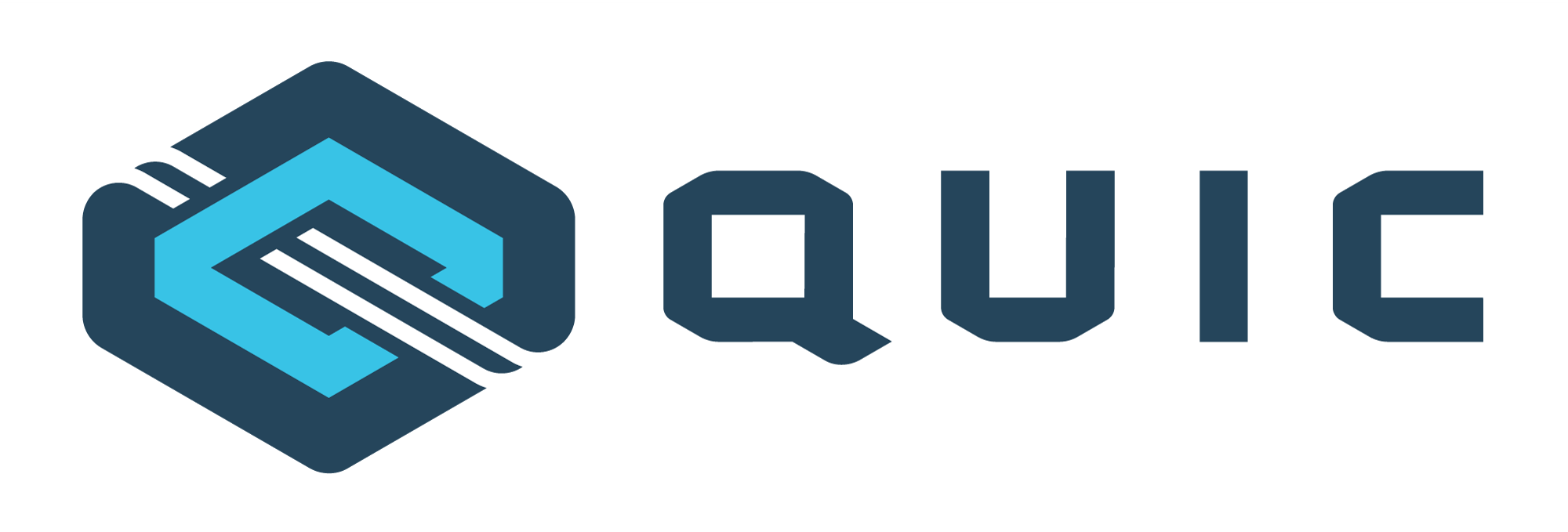
There are in fact two protocols that share the same name: “Google QUIC” (“gQUIC” for short), is the original protocol that was designed by Google engineers several years ago, which, after years of experimentation, has now been adopted by the IETF (Internet Engineering Task Force) for standardization.
“IETF QUIC” (just “QUIC” from now on) has already diverged from gQUIC quite significantly such that it can be considered a separate protocol. From the wire format of the packets, to the handshake and the mapping of HTTP, QUIC has improved the original gQUIC design thanks to open collaboration from many organizations and individuals, with the shared goal of making the Internet faster and more secure.
So, what are the improvements QUIC provides?

It's no secret that Cloudflare has been a big proponent of TLS 1.3, the newest edition of the TLS protocol that improves both speed and security, since we have made it available to our customers starting in 2016. However, for the longest time TLS 1.3 has been a work-in-progress which meant that the feature was disabled by default in our customers’ dashboards, at least until all the kinks in the protocol could be resolved.
With the specification finally nearing its official publication, and after several years of work (as well as 28 draft versions), we are happy to announce that the TLS 1.3 feature on Cloudflare is out of beta and will be enabled by default for all new zones.

For our Free and Pro customers not much changes, they already had TLS 1.3 enabled by default from the start. We have also decided to disable the 0-RTT feature by default for these plans (it was previously enabled by default as well), due to its inherent security properties. It will still be possible to explicitly enable it from the dashboard or the API (more on 0-RTT soon-ish in another blog post).
Our Business and Continue reading
It may (or may not!) come as surprise, but a few months ago we migrated Cloudflare’s edge SSL connection termination stack to use BoringSSL: Google's crypto and SSL implementation that started as a fork of OpenSSL.
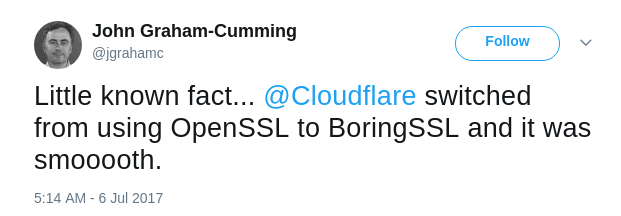
We dedicated several months of work to make this happen without negative impact on customer traffic. We had a few bumps along the way, and had to overcome some challenges, but we ended up in a better place than we were in a few months ago.
We have already blogged extensively about TLS 1.3. Our original TLS 1.3 stack required our main SSL termination software (which was based on OpenSSL) to hand off TCP connections to a separate system based on our fork of Go's crypto/tls standard library, which was specifically developed to only handle TLS 1.3 connections. This proved handy as an experiment that we could roll out to our client base in relative safety.
However, over time, this separate system started to make our lives more complicated: most of our SSL-related business logic needed to be duplicated in the new system, which caused a few subtle bugs to pop up, and made it Continue reading